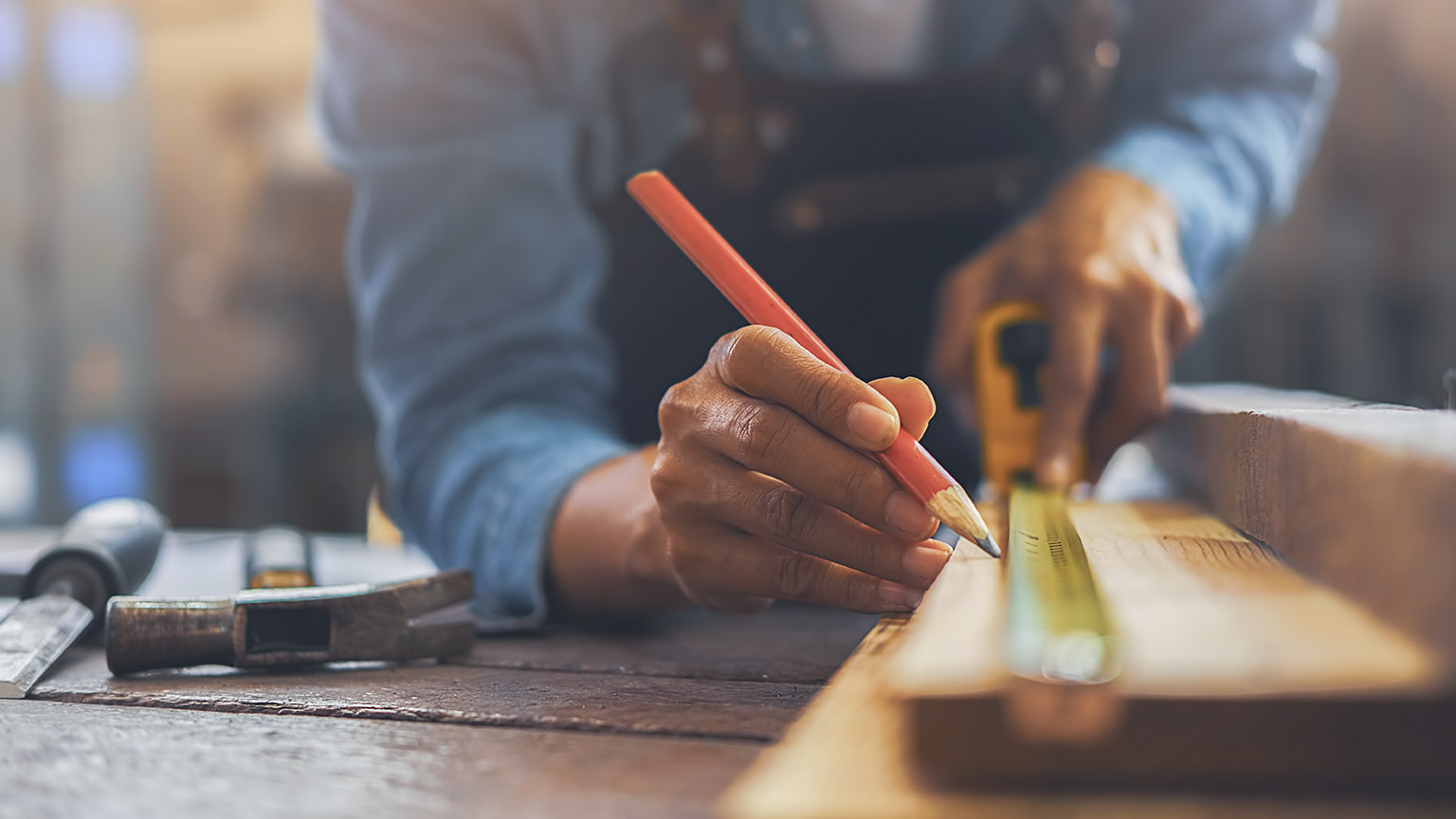Welcome to measurements and calculations. As you progress through this module, you will learn the skills and knowledge required to undertake basic measurements and calculations to determine task and material requirements in a construction work environment.
As you progress through the learning, you will learn how to:
- Select the most appropriate equipment and method for obtaining a measurement.
- Use a rule or tape to obtain linear measurements accurate to 1 mm.
- Use basic formulae to calculate weight, area, volume, perimeter, circumference, ratio and percentage.
- Calculate quantities of materials required in a construction environment.
- Convert measurements taken in metres to millimetres.
- Convert measurements taken in millimetres to metres.
- Record calculation workings and results
- Check calculations for accuracy.
- Calculate the area and volume of rectangles, squares, circles, triangles, trapeziums, cubes, and cylinders.
Measurements are integral for all the work you carry out in construction. Whether this is for the frameworks of a house, the kitchen benchtop, the pool, or the garden, you need to know how to measure the area and materials you are working with properly.
Before you start measuring, you will consider these four basic questions.
What am I to measure?
Are the measurements from an existing structure or a set of plans?
What gear or tools do I need?
If the measurements are from an existing structure, are there other items needed to undertake the work? For example, ladders or scaffoldings for measuring something at a height. Which measuring device is most appropriate? For example, should the tradesperson use a retractable steel tape measure or a long open-carriage fibreglass tape measure?
Is it safe to measure the item?
There may be hazards associated with undertaking the measurements; for example, measuring at height could result in a fall.
Where and how do I record the measurements?
It is important to write down what the measurements are so that someone else can pick up your measurements and read them. That means recording in an industry-accepted way.

